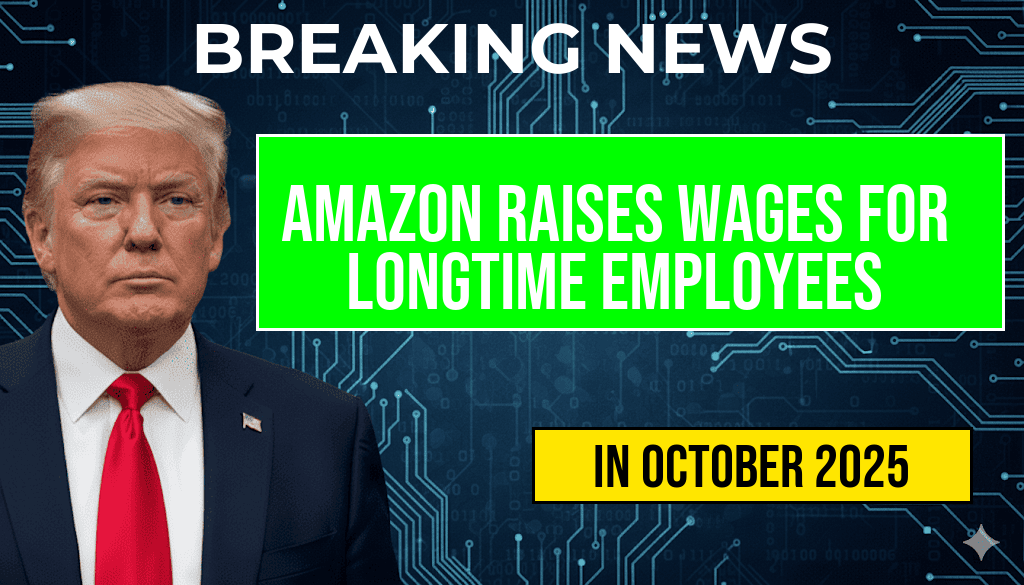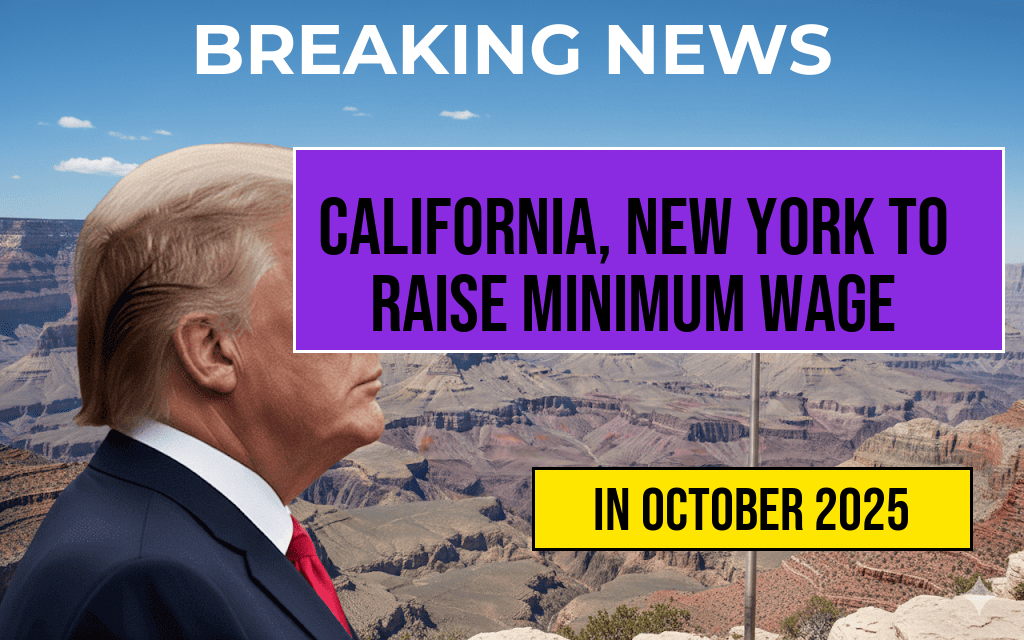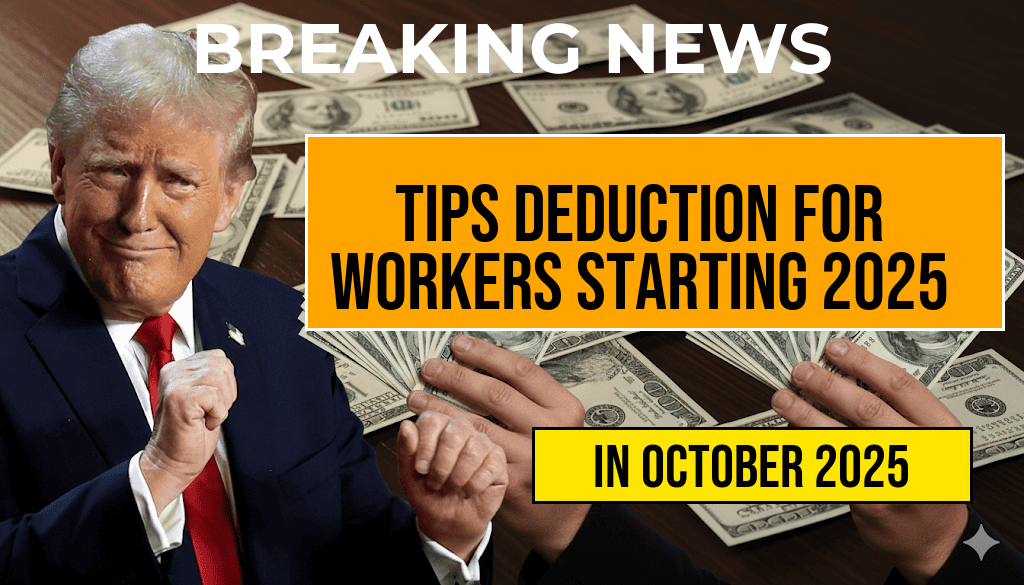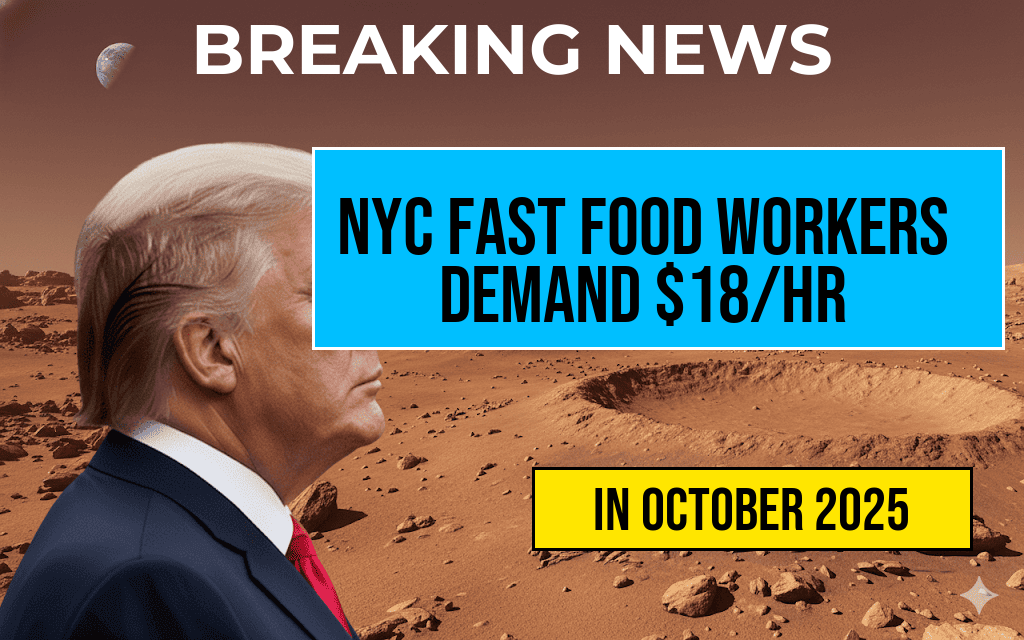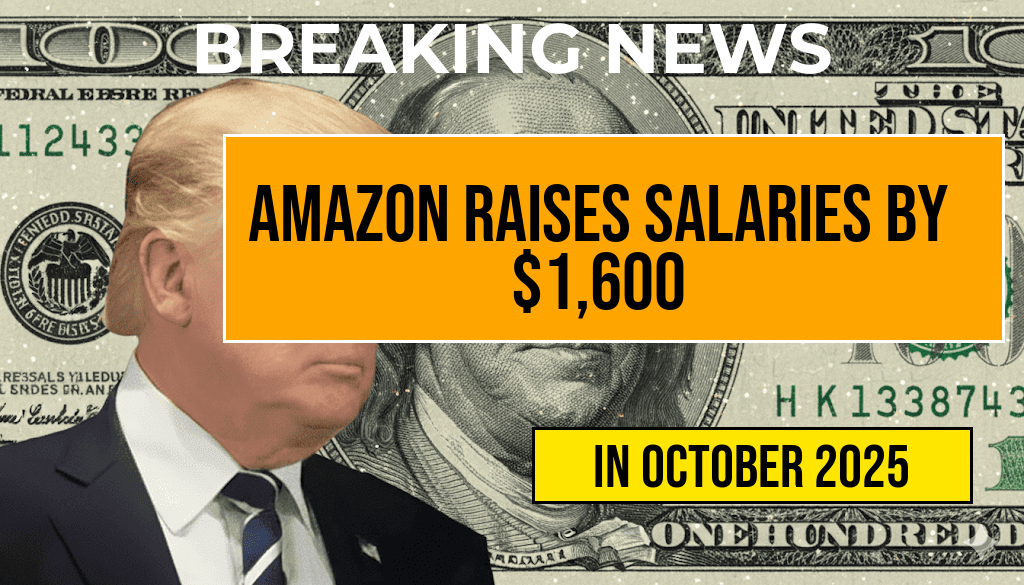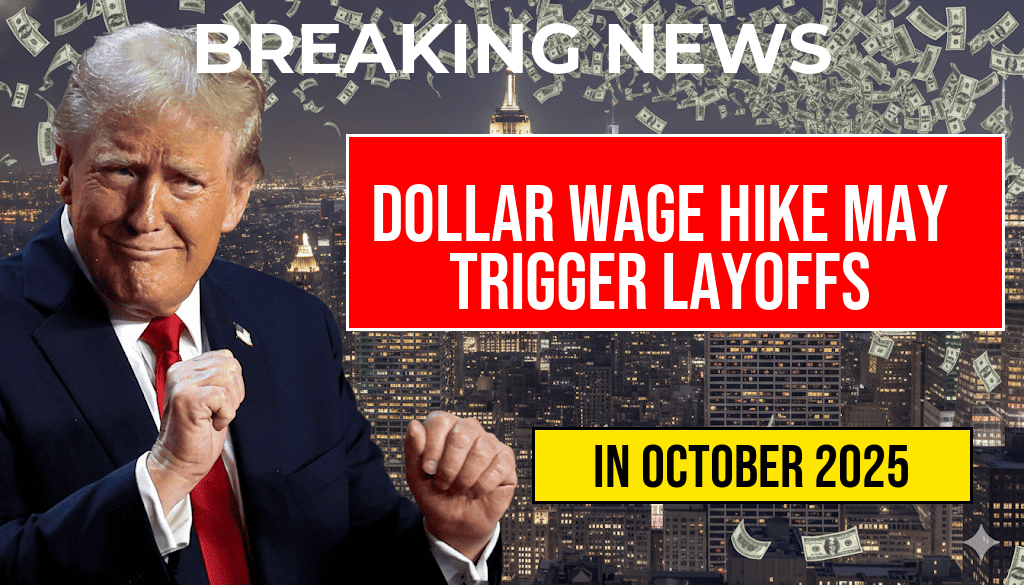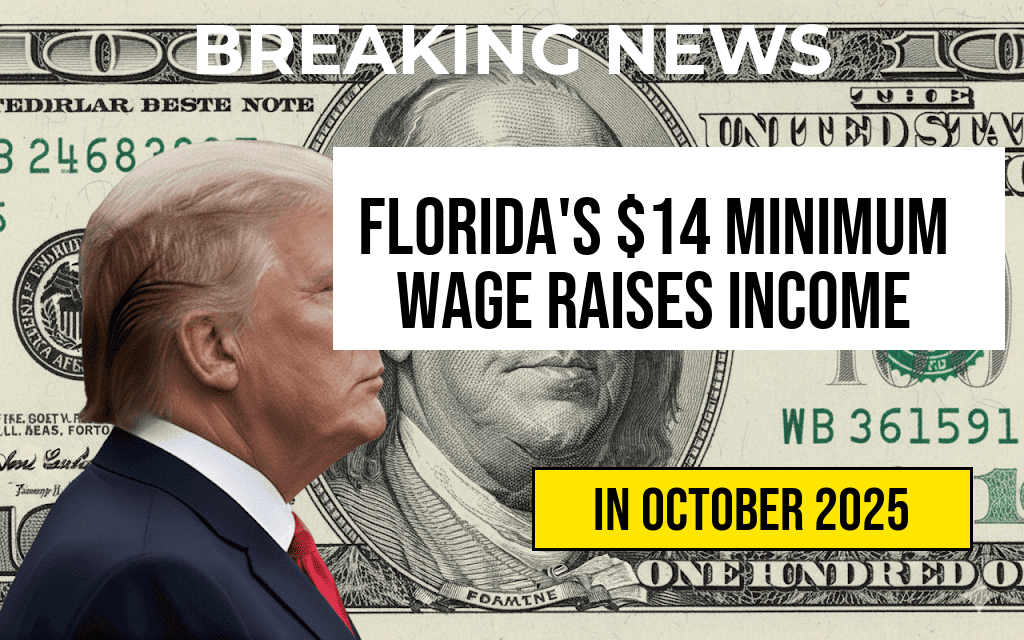Fast food workers across New York City are intensifying their push for a significant wage increase, advocating for a minimum of $18 an hour amid ongoing economic pressures and rising living costs. The movement, led by local labor unions and worker advocacy groups, seeks to address wage stagnation that has persisted despite the city’s economic growth. This campaign coincides with broader discussions about fair compensation in the service industry, especially as the city grapples with inflation, housing affordability issues, and the ongoing challenges faced by low-wage workers. While fast food chains have historically maintained low wage standards, recent protests and lobbying efforts aim to influence policy changes at both the municipal and state levels, placing new pressure on restaurant owners and policymakers to reconsider current wage structures.
Background on Wage Conditions in NYC’s Fast Food Sector
Fast food employees in New York City often earn wages that fall below what many consider sufficient to meet basic living expenses. According to data from the Wikipedia entry on wage inflation, wages for these workers have historically lagged behind the city’s rising costs, particularly in housing and transportation. The city’s minimum wage, set at $15 an hour as of 2023, has been a focal point for activists demanding higher pay. Despite incremental increases over recent years, advocates argue that the current rate remains inadequate for workers to sustain themselves, especially in neighborhoods with skyrocketing rents. The push for an $18 minimum aims to bridge this gap, aligning wages more closely with the cost of living and establishing a more livable standard for those in the industry.
Labor Movements and Key Stakeholders
Several labor unions, including the Restaurant Opportunities Center (ROC) and New York State AFL-CIO, have been at the forefront of the effort to raise wages for fast food workers. These groups have organized protests, petitions, and lobbying campaigns targeting major fast food chains operating within the city. Workers have shared stories of financial hardship, citing rent burdens, healthcare costs, and the inability to save or invest due to stagnant wages.
Meanwhile, restaurant owners and industry representatives express concerns about the economic impacts of such a wage hike, warning it could lead to increased menu prices or reduced staffing levels. The New York City Hospitality Alliance has voiced caution, emphasizing the need for balanced solutions that support both workers and business sustainability.
Economic Implications of Raising the Minimum Wage
| Aspect | Potential Outcomes |
|---|---|
| Worker Income | Increase in earnings for approximately 150,000 fast food workers in the city |
| Cost of Living | Potential alleviation of financial stress, enabling better housing stability |
| Business Operations | Possible rise in menu prices; some establishments may reduce hours or staffing |
| Economic Growth | Mixed effects; increased wages could boost local spending but strain small business margins |
Economists analyzing similar wage increases in other cities suggest that while higher pay can improve quality of life for workers, it may also lead to inflation in food prices and employment adjustments. A report from Forbes highlights that strategic phased increases and supportive policies can mitigate negative impacts while enhancing worker welfare.
Policy Debates and Future Prospects
The push for an $18 an hour minimum wage in NYC is gaining momentum ahead of upcoming city council hearings. Advocates argue that a wage increase would reduce reliance on government assistance programs and foster economic dignity for low-income workers. Critics, however, contend that it could hurt small businesses and lead to job cuts, especially among franchise operators with thin profit margins.
State and city officials are divided on the issue. Some legislators have expressed openness to phased increases, while others call for comprehensive studies to assess economic impacts thoroughly. The debate reflects broader national conversations about living wages and economic equity, with New York positioned as a potential model for progressive wage policies.
Community Voices and Worker Stories
- Maria Lopez, a 24-year-old fast food worker from Queens, shares that earning $15 an hour makes it difficult to afford rent and save for emergencies. “I work two jobs just to keep afloat,” she says.
- James Carter, a union organizer, emphasizes that fair wages are essential for economic justice. “Fast food workers contribute significantly to New York’s economy, yet their wages don’t reflect their value.”
- Local residents and activists continue to rally, asserting that fair compensation is vital for building an equitable city where workers can thrive without sacrificing their basic needs.
As the advocacy efforts intensify, the coming months will likely see increased dialogue among stakeholders, with potential policy moves that could reshape wage standards in the city’s fast food industry. For now, the movement underscores the ongoing struggle for economic fairness amid a city known for its wealth and disparity.
Frequently Asked Questions
What is the main goal of New York fast food workers’ advocacy efforts?
The primary goal is to **raise the minimum wage** for fast food workers in **New York City** to **$18 an hour** to ensure fair compensation and improve working conditions.
Why are fast food workers in NYC demanding a higher minimum wage?
Fast food workers are demanding a higher **minimum wage** to address **low pay**, **economic hardship**, and to recognize the **value of their work** in the city’s economy.
How might an $18 an hour minimum wage impact fast food workers and businesses?
An **$18 an hour minimum wage** could lead to **better earnings** and **improved quality of life** for workers, while businesses may need to **adjust their operating costs** and **pricing strategies**.
What strategies are workers using to advocate for this wage increase?
Workers are organizing **protests**, participating in **advocacy campaigns**, and collaborating with **labor unions** to pressure policymakers and raise awareness about their demands.
What has been the response from policymakers and business owners regarding this wage increase?
Responses have been mixed, with some policymakers showing **support** for the wage hike as a means to promote **economic justice**, while some **business owners** express concerns about **potential impacts on profitability** and **employment levels**.

